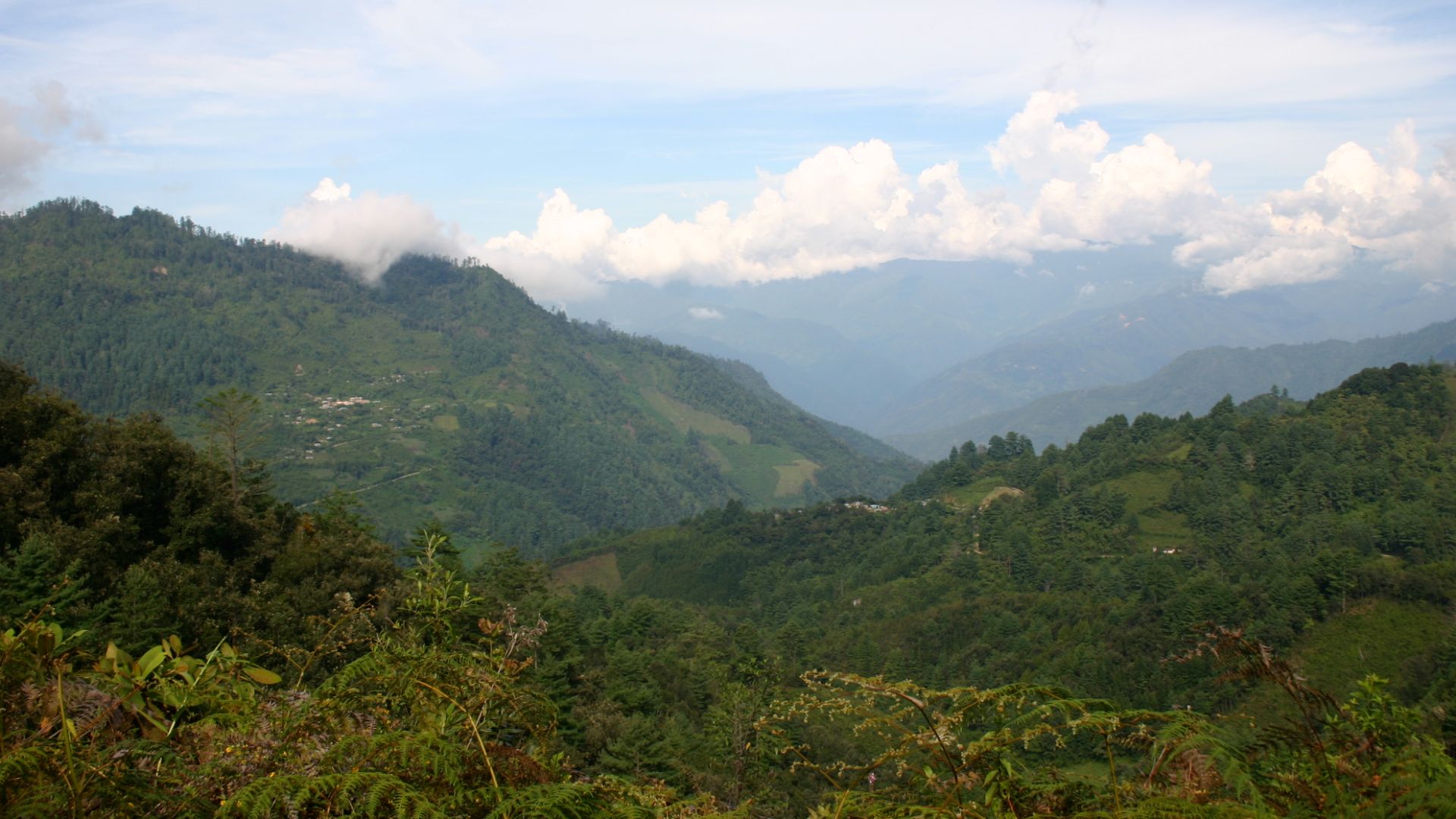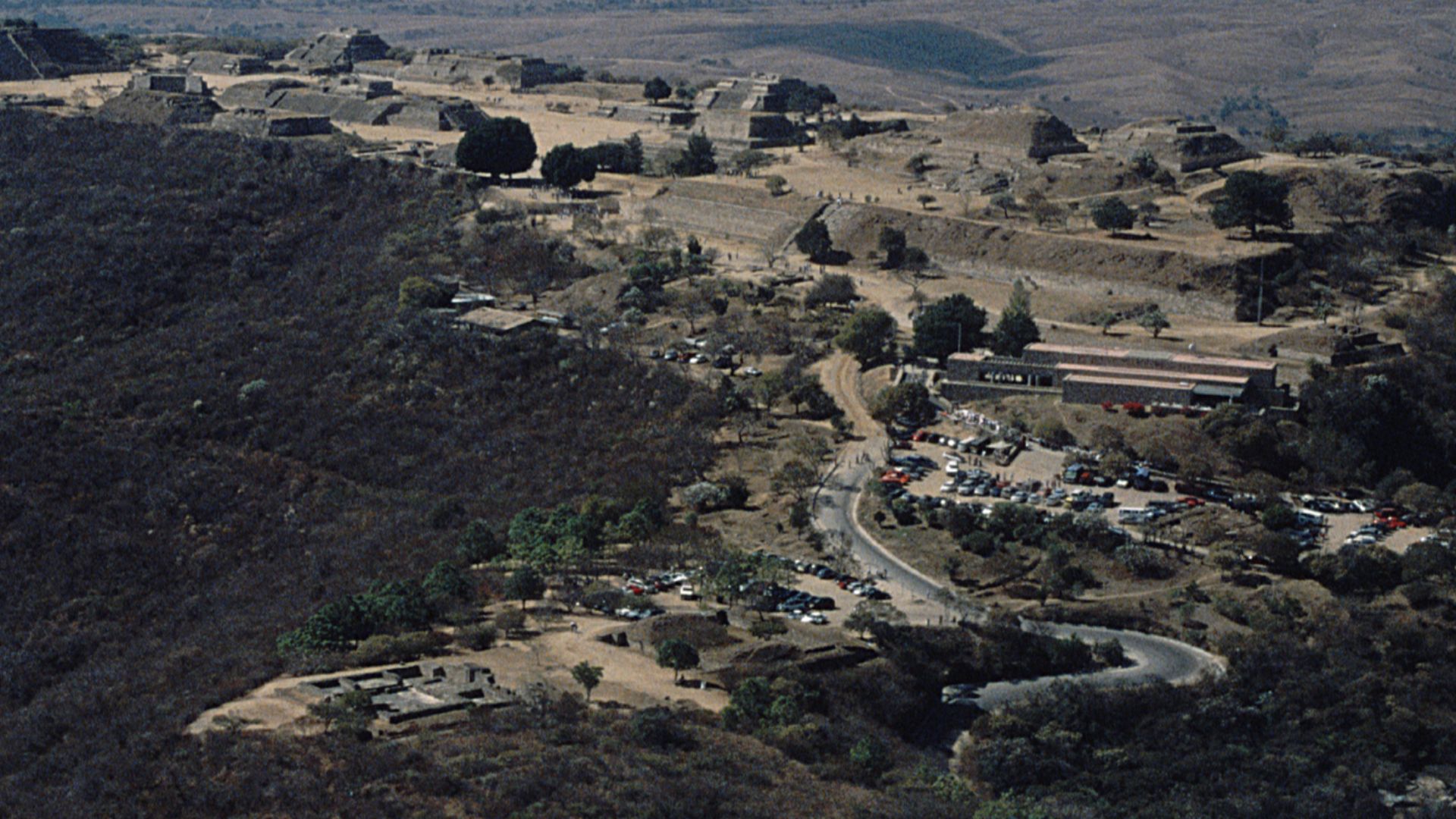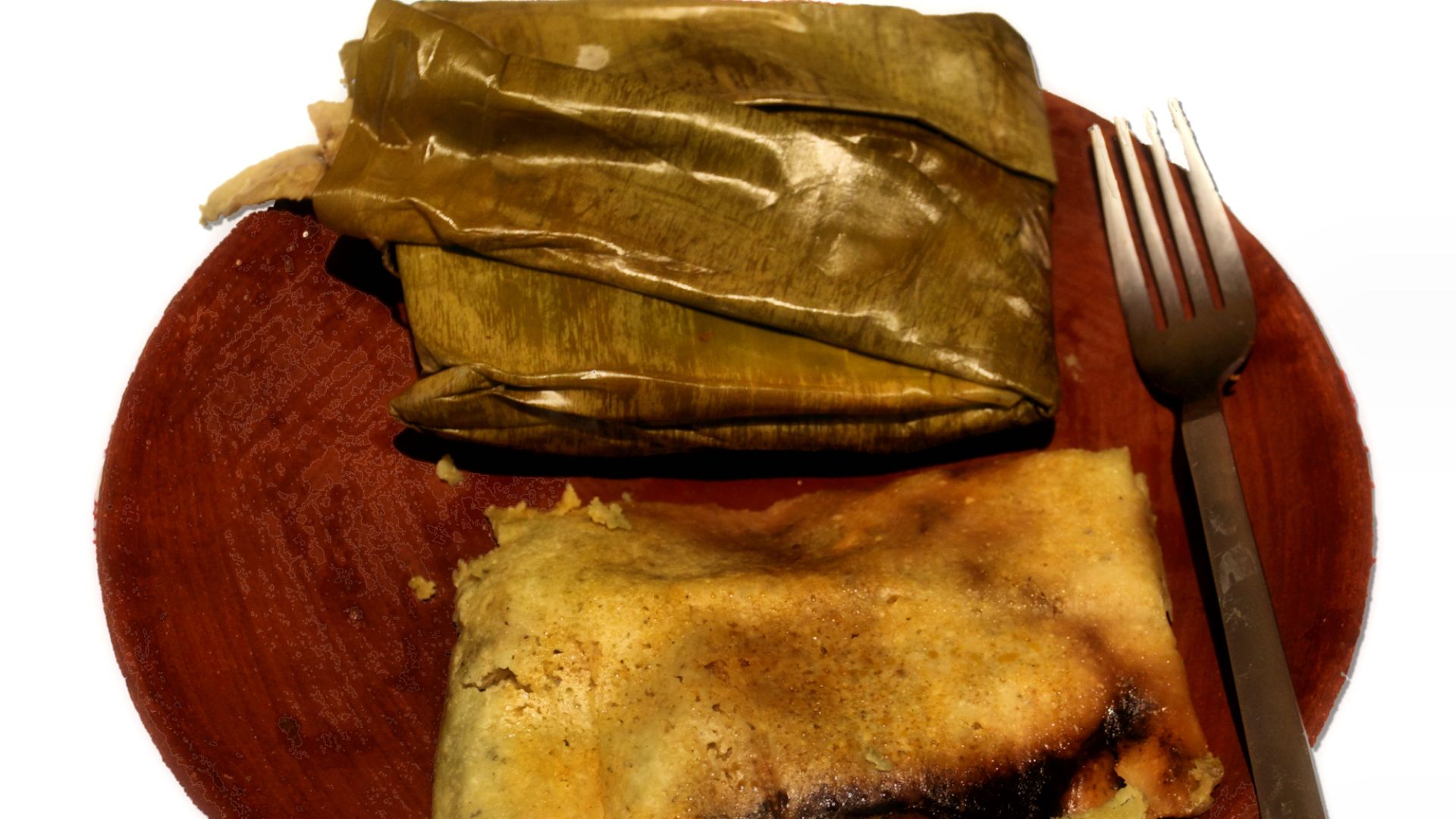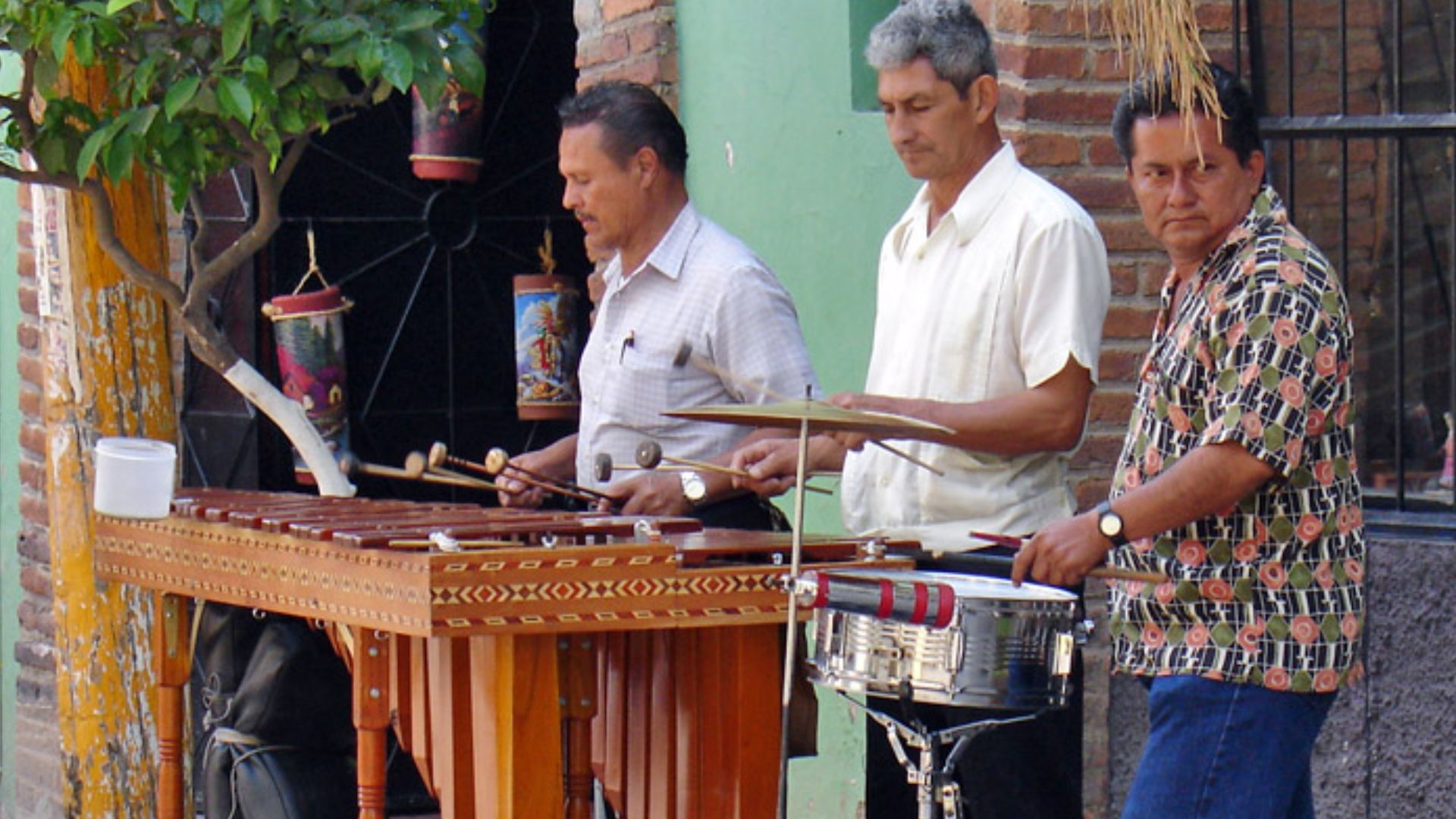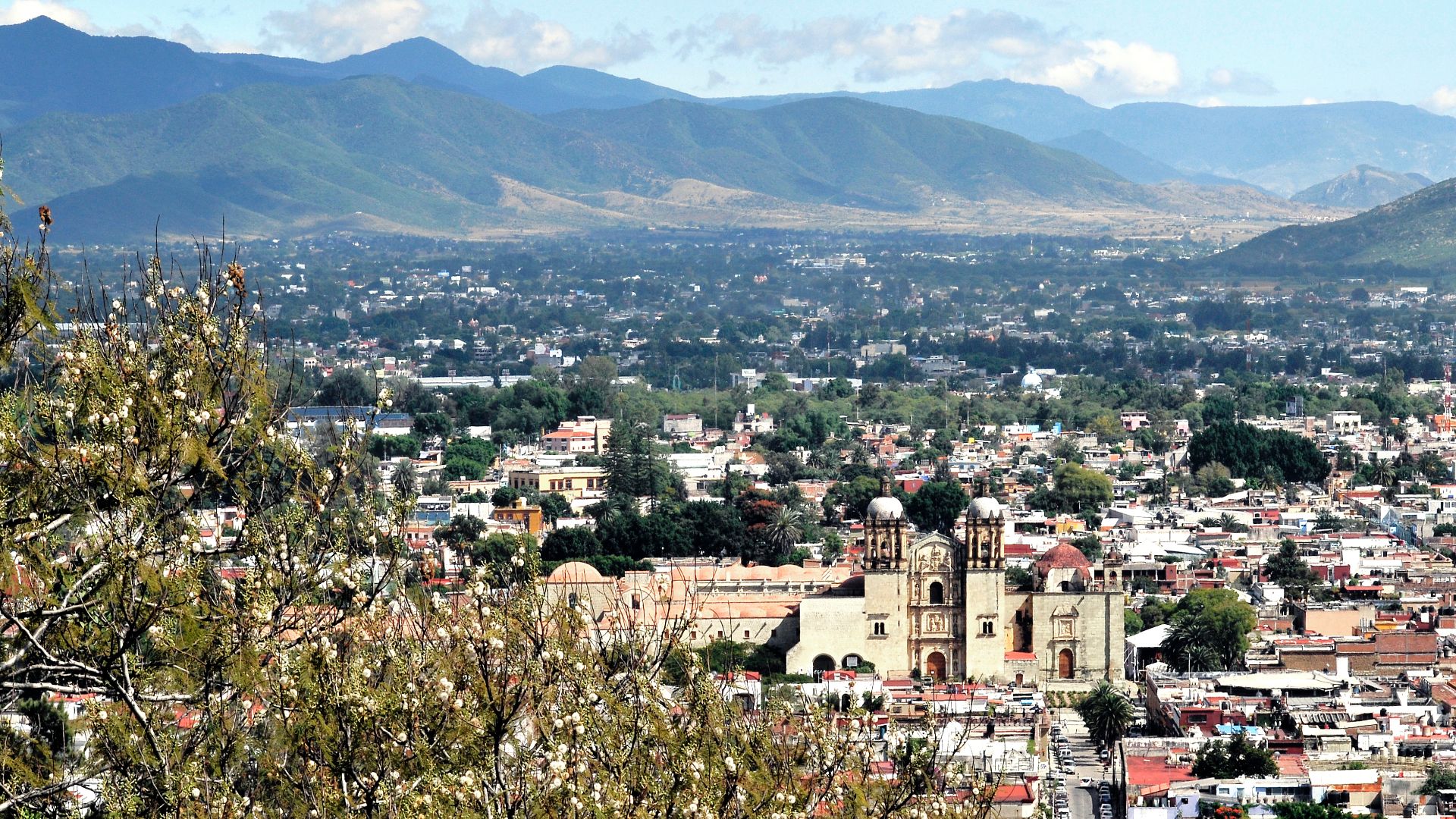Get To Know The Chinantec People
Far within the mountainous region of Oaxaca, Mexico, is a resilient and fascinating Indigenous group known as the Chinantec people. Although not very famous outside of academia, the Chinantec have a treasure trove of unique traditions—including their ability to speak entirely in whistles.
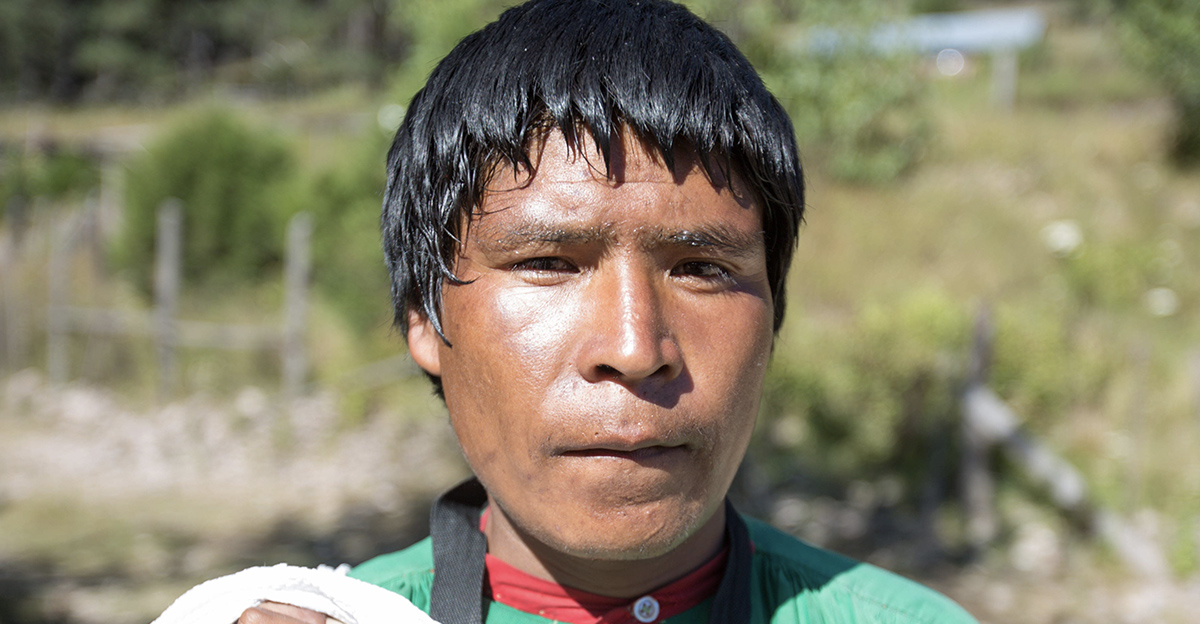
Where Do They Live?
The Chinantec primarily reside in Sierra Norte Oaxaca and northern Veracruz. They inhabit regions that are rugged, mountainous, and remote—one reason their culture was able to persist so intact for so long. Their communities usually sit on the sides of steep hills, with deep canyons and dense cloud forest separating them from one another. Isolation has made it harder for modern conveniences to become accessible but has also allowed traditional ways of life to persist longer than they may have in more accessible locations.
Their Origins
The Chinantec are believed to have descended from founding Mesoamerican colonists. Archaeological evidence suggests that their forebears have populated these highlands for millennia, long predating the rise of the Aztec or Maya empires. Never an imperial state themselves, the Chinantec were a notable force in local trade systems and had a relatively autonomous society. Their identity has been shaped by centuries of local culture and religious beliefs particular to their location.
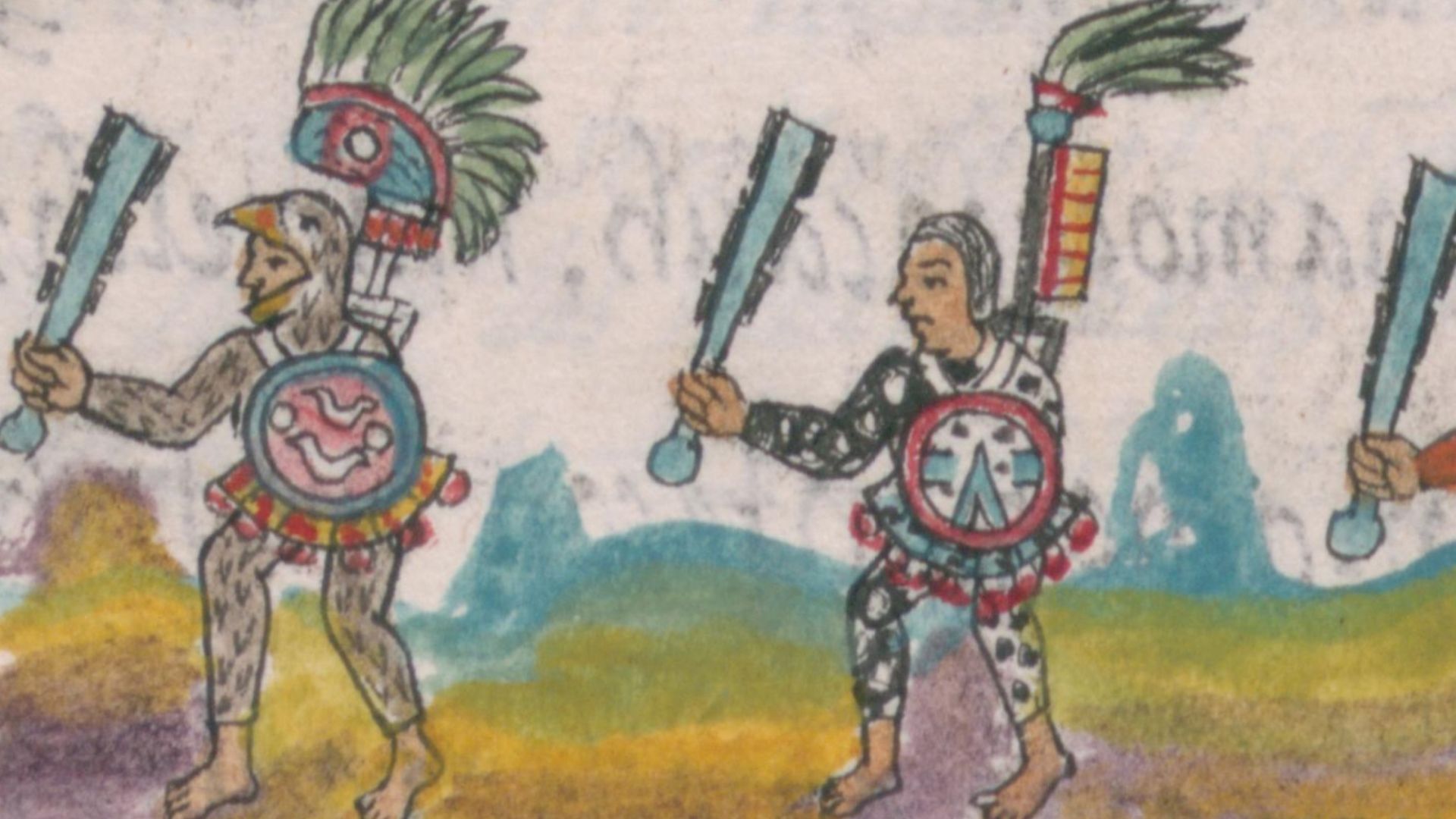 Unknown artist. Manuscript written by Bernardino de Sahagún, Wikimedia Commons
Unknown artist. Manuscript written by Bernardino de Sahagún, Wikimedia Commons
Surviving Colonization
Like other native groups in Latin America, the Chinantec suffered at the hands of Spanish colonizers. They were made to work, they lost their territory, and had Catholicism imposed upon them. However, unlike most groups that were totally assimilated, the Chinantec were able to retain most of their pre-Hispanic society. Semi-autonomous towns continued to exist during colonial eras under local governments named "caciques," which helped to maintain Indigenous ways of governing.
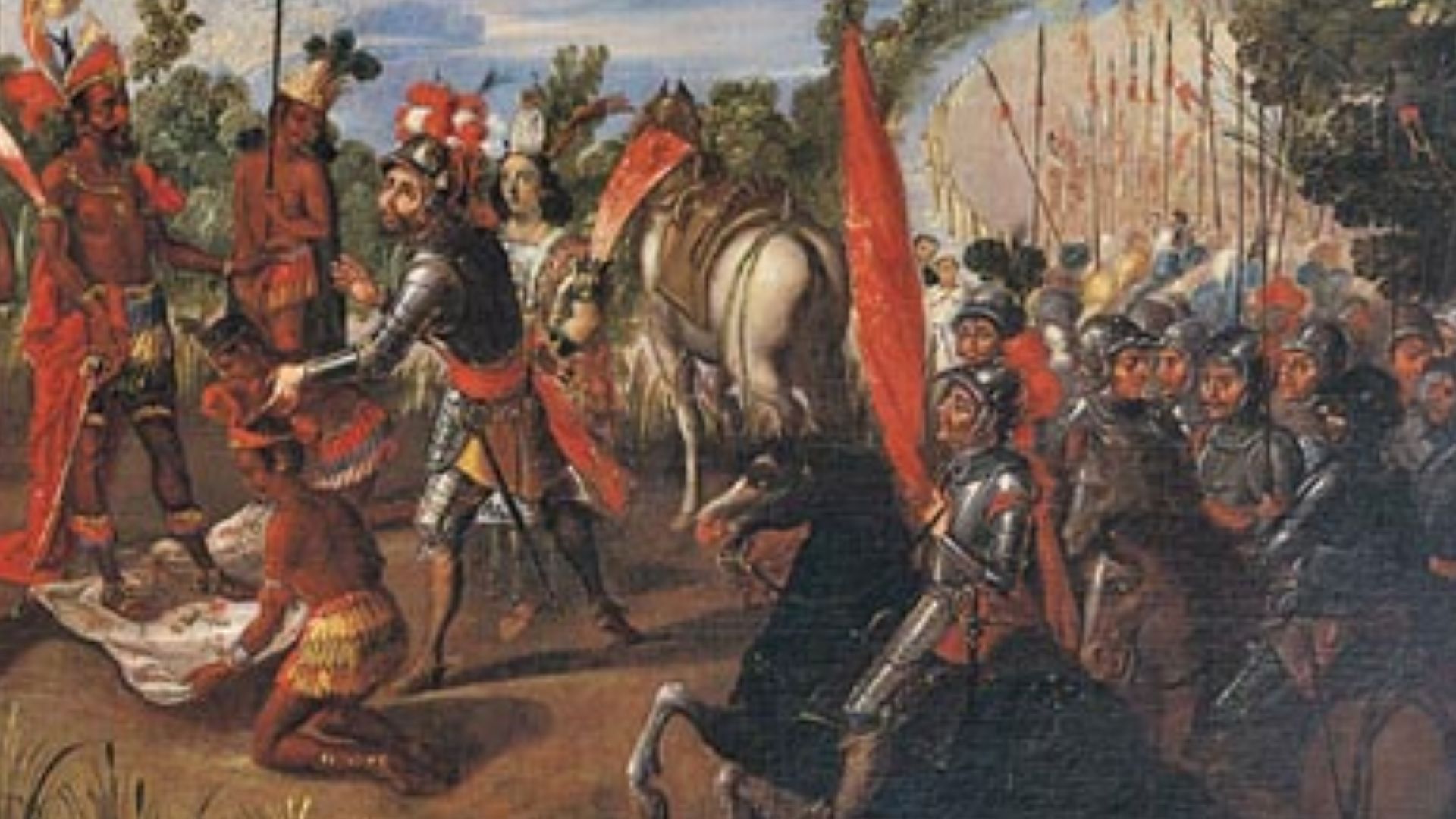 Unknown artists, Wikimedia Commons
Unknown artists, Wikimedia Commons
A Multilingual Cultural Landscape
"Chinantec" is not a single language, but a collection of languages that are very close to one another and tonal in nature. There are at least 14 of these languages and they all fall under the Oto-Manguean language family, one of the oldest and most complicated in Mesoamerica. There are dialects so specific that people from different towns could not communicate with one another, even if they all spoke Chinantec. This is reflective of the mountainous terrain of the area, where mountains naturally split communities
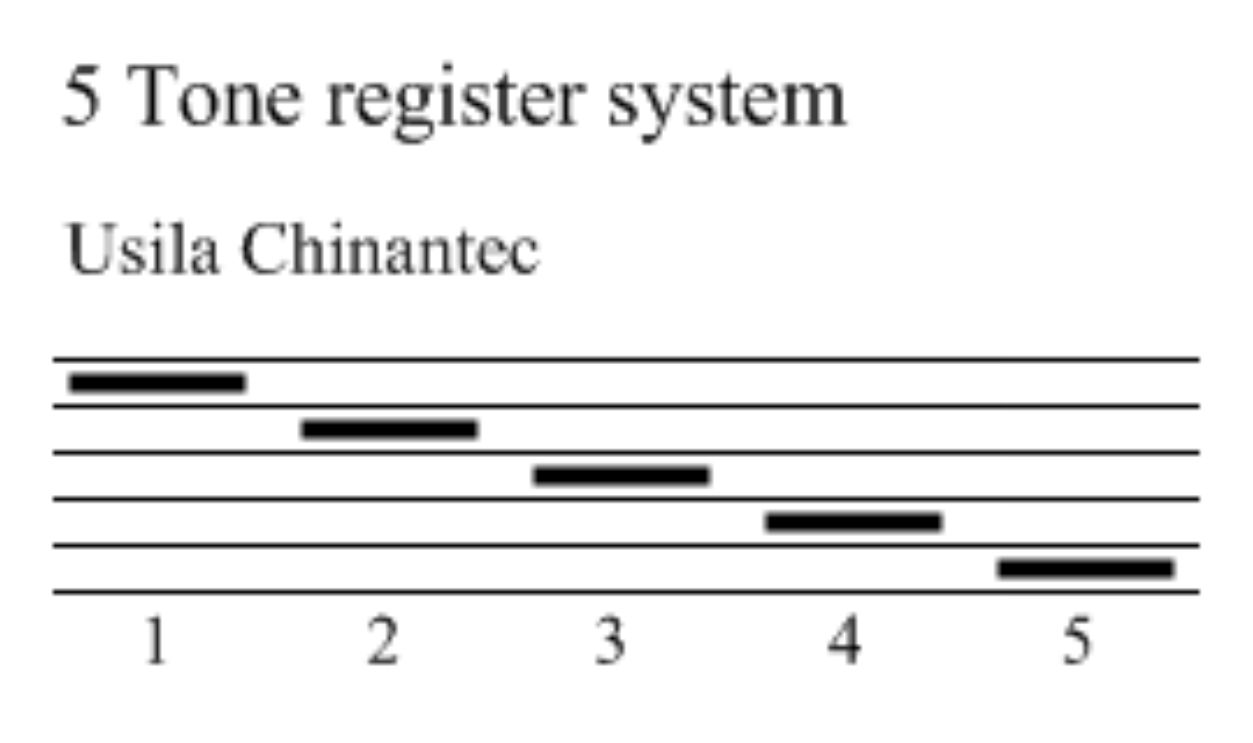 Maunus at English Wikipedia, Wikimedia Commons
Maunus at English Wikipedia, Wikimedia Commons
Language Confronts Tone
One of the most striking things about Chinantec languages is that they boast a very intricate system of tone. Most languages use tone in order to express emotion or emphasis, but Chinantec uses pitch in order to distinguish meaning between terms. A word read in high pitch, for example, can contain a completely different meaning when read in low or rising pitch. Some dialects use up to five contrastive tones—an extremely musical and nuanced language to the ear.
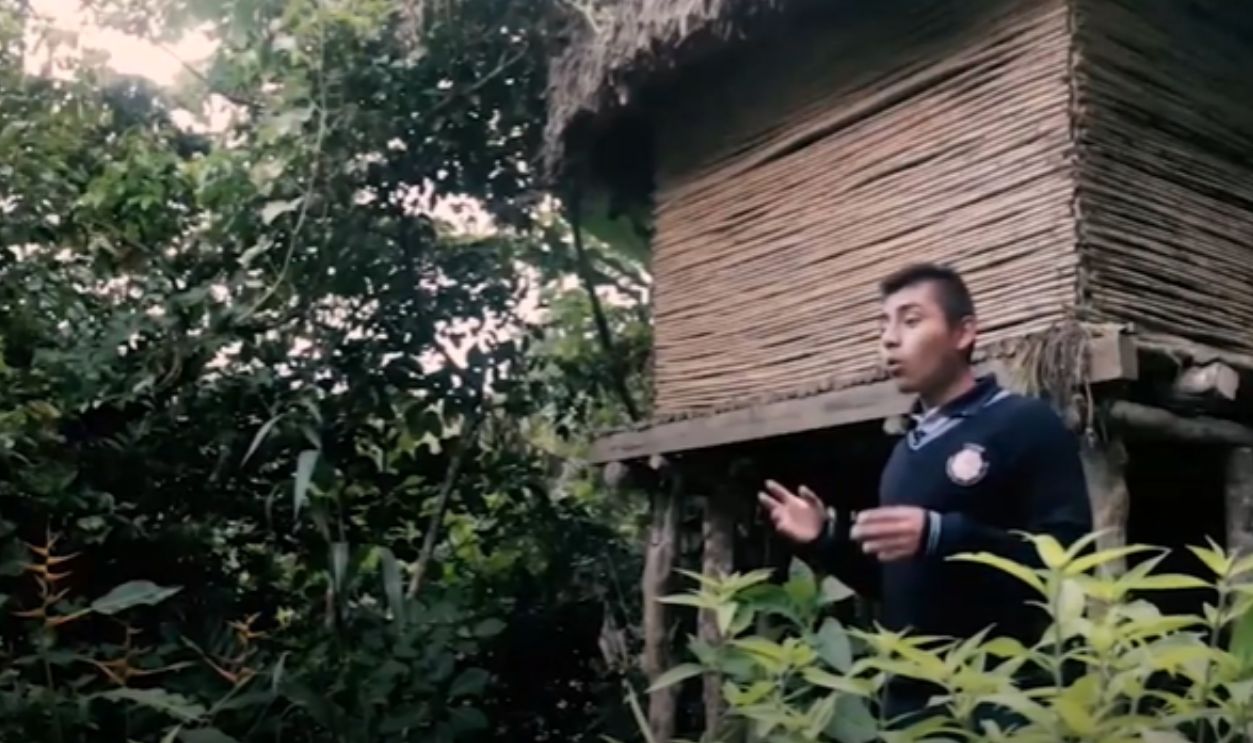 Indigenous Whistle Language In Mexico, Indigenous Americans
Indigenous Whistle Language In Mexico, Indigenous Americans
The Art Of Whistled Speech
The Chinantec are famous for their whistling language. That's right, they can speak entirely in whistles. It's a form of speech that imitates the pitch and rhythm of spoken Chinantec, so the listener can actually understand entire conversations. It's not a trimmed signal or code, it’s a "sung" version of the spoken language, translated into a high-pitched whistle that can be heard over mountainous terrain.
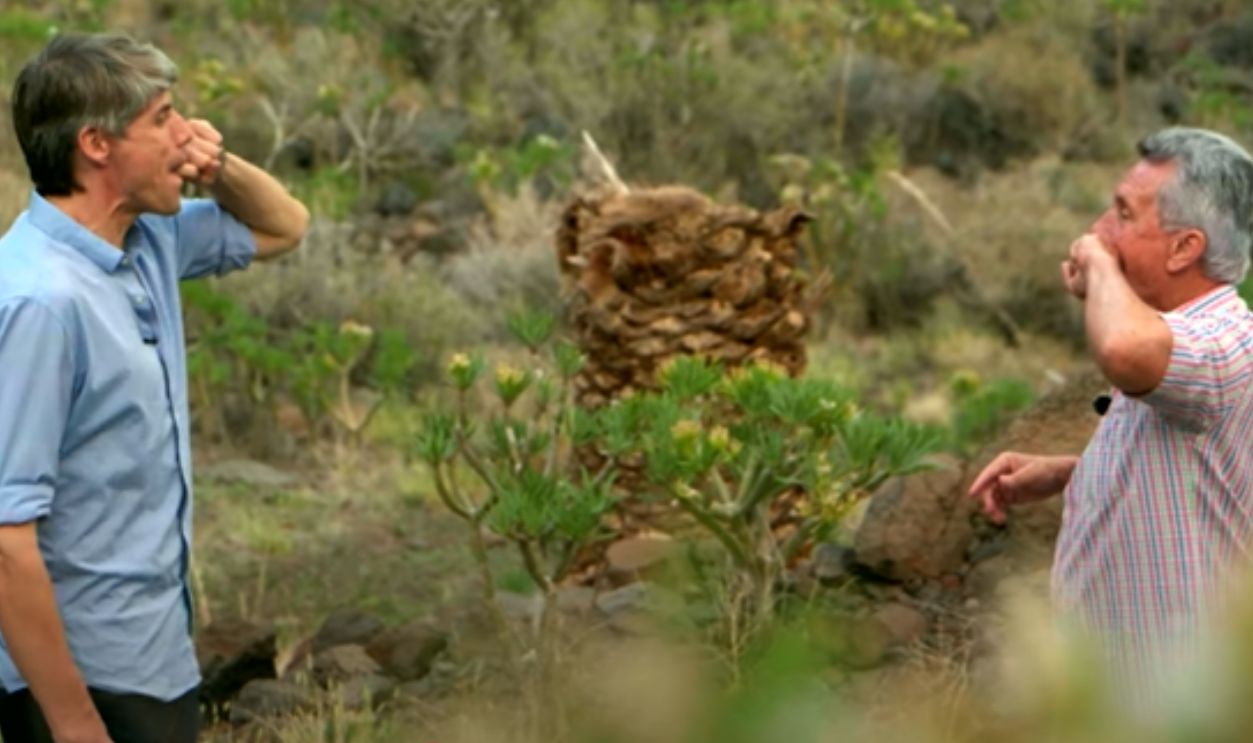 The Ancient Whistled Language Of La Gomera - Silbo Gomero | Europe To The Maxx, DW Euromaxx
The Ancient Whistled Language Of La Gomera - Silbo Gomero | Europe To The Maxx, DW Euromaxx
Why Whistle Instead Of Talk?
Sound behaves differently in hilly or wooded terrain. Whistles carry farther over valleys and long distance than voices. This is why whistled talk is a convenient solution for rough life. In Chinantec land, where farmers will often be working in isolated cornfields or coffee fields, whistled talk has traditionally facilitated efficient communication over ranges of a kilometer or more.
How Whistled Speech Works
Chinantec whistled speech preserves the rhythm and tone of the spoken language. The whistles are translated by the listener in terms of pitch patterns, just as they would translate spoken tone. It works because languages based on tones rely heavily on variations in pitch, and these can be accurately imitated by whistling. The grammar, the syntax, and even some of the vowel length distinctions are all preserved in the whistle, making it an entirely linguistic form of speech and not merely an instrument.
 The Ancient Whistled Language Of La Gomera - Silbo Gomero | Europe To The Maxx, DW Euromaxx
The Ancient Whistled Language Of La Gomera - Silbo Gomero | Europe To The Maxx, DW Euromaxx
Daily Whistling
Whistled language is used for everything from fieldwork communication to courtship. A farmer will whistle to his son to fetch tools, or friends will have a conversation along the edge of a valley. It was once a tradition for all Chinantec boys to learn whistling, not just as a form of communication, but as a sign of maturity. Today, this tradition is less common but still remembered and held onto in some areas.
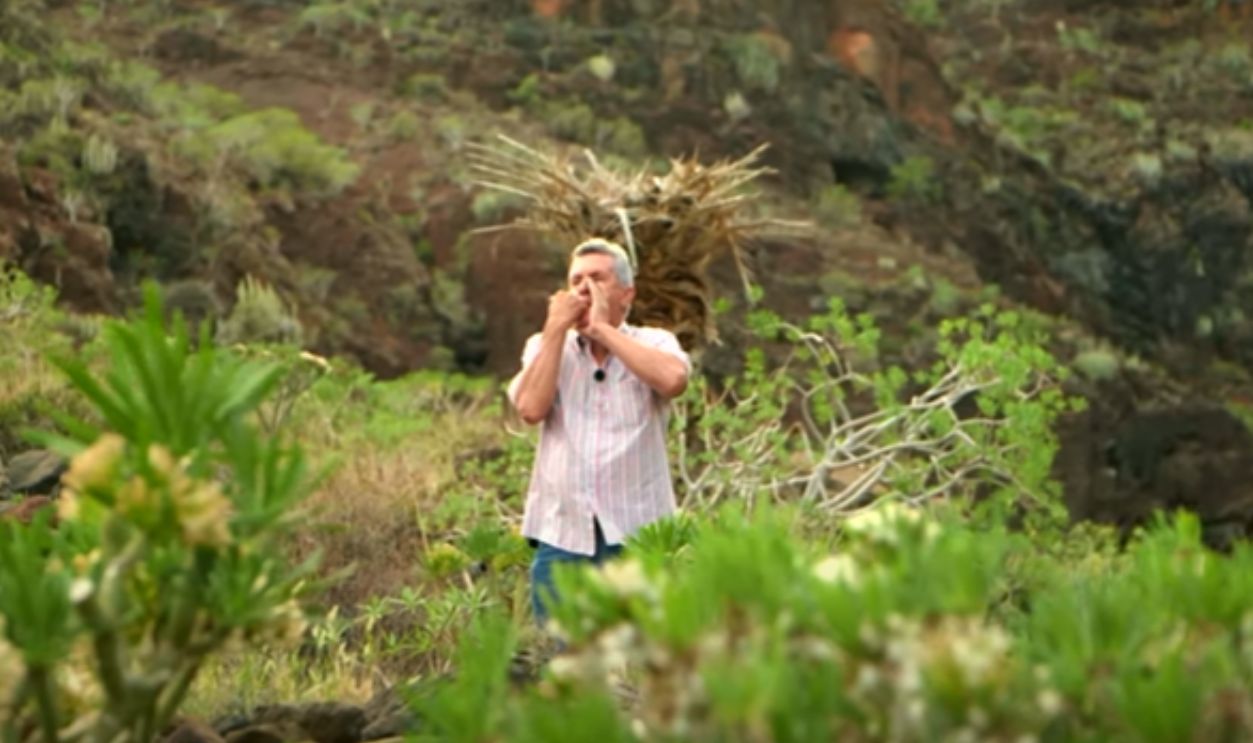 The Ancient Whistled Language Of La Gomera - Silbo Gomero | Europe To The Maxx, DW Euromaxx
The Ancient Whistled Language Of La Gomera - Silbo Gomero | Europe To The Maxx, DW Euromaxx
A Linguistic Rarity
There are whistled languages all over the rest of the world, but Chinantec whistled language is unique because it's a direct derivative of an entirely tonal speech language. That's truly unprecedented. Most whistled languages use simplification or iconicity of sound; the Chinantec employs actual tones, so it is a very important field of study in linguistics—it’s both a scientific curiosity and a cultural practice.
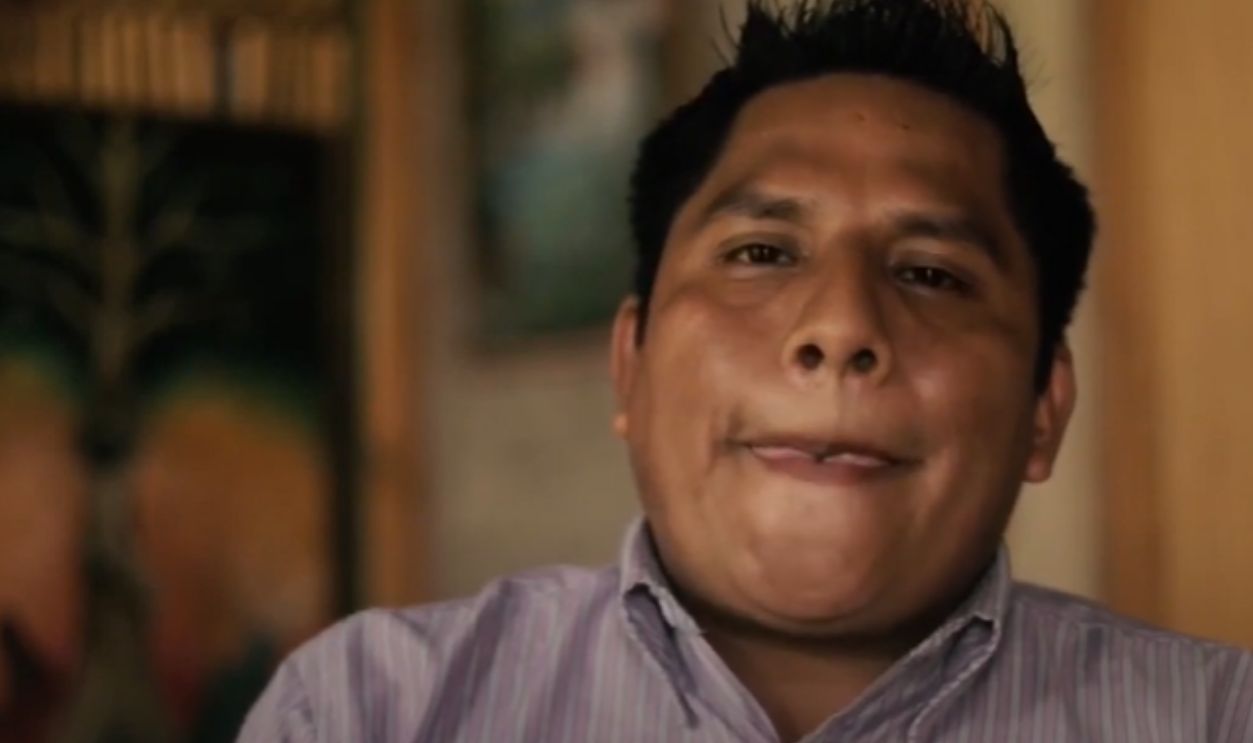 Indigenous Whistle Language In Mexico, Indigenous Americans
Indigenous Whistle Language In Mexico, Indigenous Americans
Community And Family Life
Chinantec villages are typically small communities. Extended families are often large and live in close proximity, and much of the decision-making is by consensus. Family and social life is communal, with villagers usually participating in collective responsibilities like road maintenance, school construction, or festival preparations. Elders are greatly respected, and listening to stories, singing, and oral history are still key components of cross-generational education.
Their Traditional Clothing
While many Chinantec today wear modern clothes, those are not the only option: traditional clothing gets its time to shine at festivals and ceremonies. Women wear colorful huipiles (embellished tunics) sometimes hand-woven from cotton and adorned with native motifs. Men sport loose cotton pants and tunics, sometimes paired with woven sashes and sandals. Traditionally, Chinantec clothing was functional but also symbolic, as it communicated affiliation with a certain area or town.
 Textile collective - Valle Nacional, Oaxaca - Chinantec huipil, Mexican Textiles
Textile collective - Valle Nacional, Oaxaca - Chinantec huipil, Mexican Textiles
Agriculture And Daily Work
Agriculture is the focus of Chinantec life. Families plant corn, beans, coffee, and fruits in sloping lands built into the side of the mountains. The diversity of the region supports a variety of crops, and some households also maintain chickens, pigs, or goats. Labor is primarily by hand or use of traditional tools, and collective labor systems, like the "tequio," ensure that resources and workload are distributed.
 Christian Fischer, Wikimedia Commons
Christian Fischer, Wikimedia Commons
Food And Cuisine
A typical Chinantec meal consists of tortillas, beans, chili, and seasonal root vegetables. Many families still grind corn on stone metates to make masa for tortillas. Dishes are prepared by steaming tamales in banana leaves, fresh cheeses, and foods flavored with wild herbs. Food is typically cooked over wood fires and shared communally, often with family and friends.
Chinantec Festivals And Celebrations
Chinantec festivals are colorful and immensely spiritual. They have a tendency to blend Catholic and Indigenous traditions, with music, dance, food, and communal rituals. Huge festivals may celebrate a patron saint, a fruitful harvest, or reflect on past events. Festivals promote unity and are likely to be followed by days of preparation, intricate dress-up, and dances.
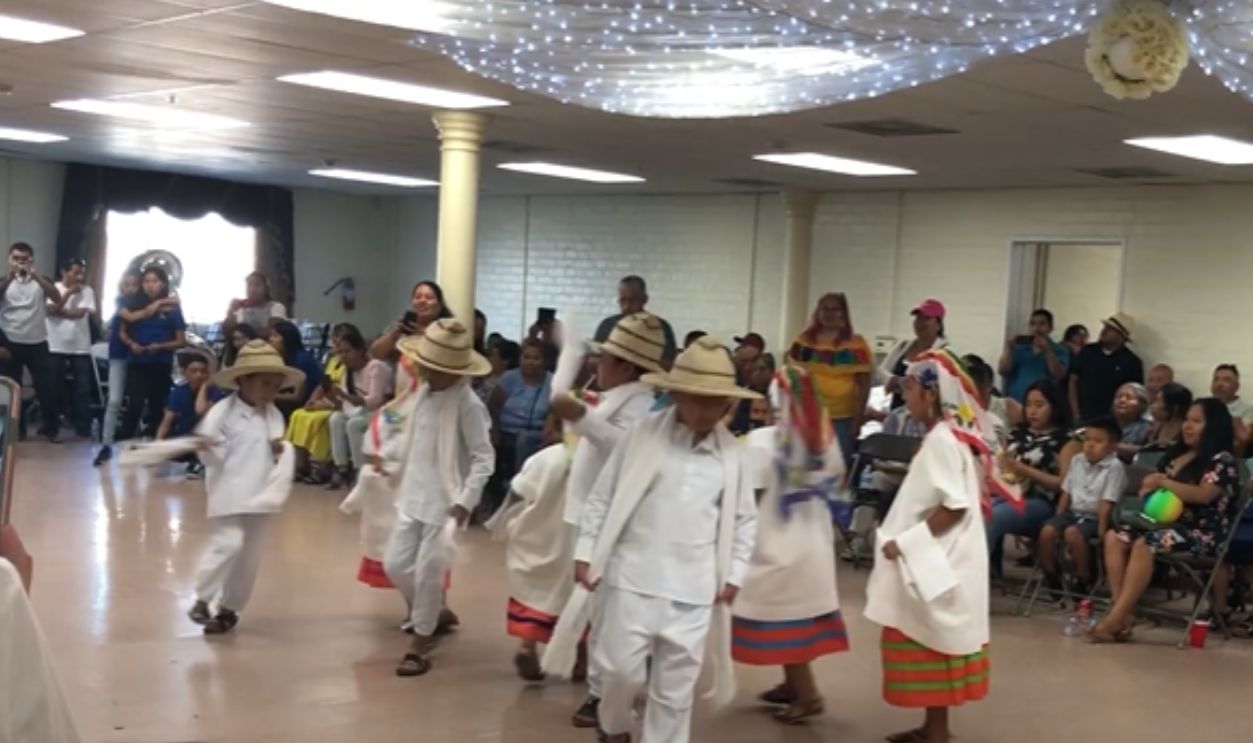 Fiesta de Yalina - Danza Los Chinantecos, wonderlandmusic06
Fiesta de Yalina - Danza Los Chinantecos, wonderlandmusic06
Music And Dance
Chinantec music incorporates marimbas, drums, and flutes, with stringed instruments that are locally made. The music tends to be lively, with the singing done in both Chinantec and Spanish. Their dances involve circular movement, call-and-response singing, and symbolic gestures. Dancing is not just entertainment—it's also a way of exchanging stories, celebrating identity, and conveying spiritual reverence.
Chinantec Spiritual Beliefs
Nowadays, a majority of Chinantec follow a combination of Catholicism and native religion. Prayers often consist of a prayer dedicating offerings to the spirits, the earth, and the saints. Candles, flowers, photographs of the Virgin Mary, and holy herbs may be placed on altars. Healing ceremonies, referred to as "limpias," may involve the help of a shaman with incense, chanting, and herbal medicines to cleanse an individual of illness or evil spirits.
Education And Literacy
Access to education has improved, although there are still gaps, especially in rural areas. Schools in some villages teach in Spanish and Chinantec, so that children can maintain their mother tongue when they learn the national curriculum. Resources can be scarce, however, and many children have to travel far to attend school. NGOs and government programs continue to bridge these gaps.
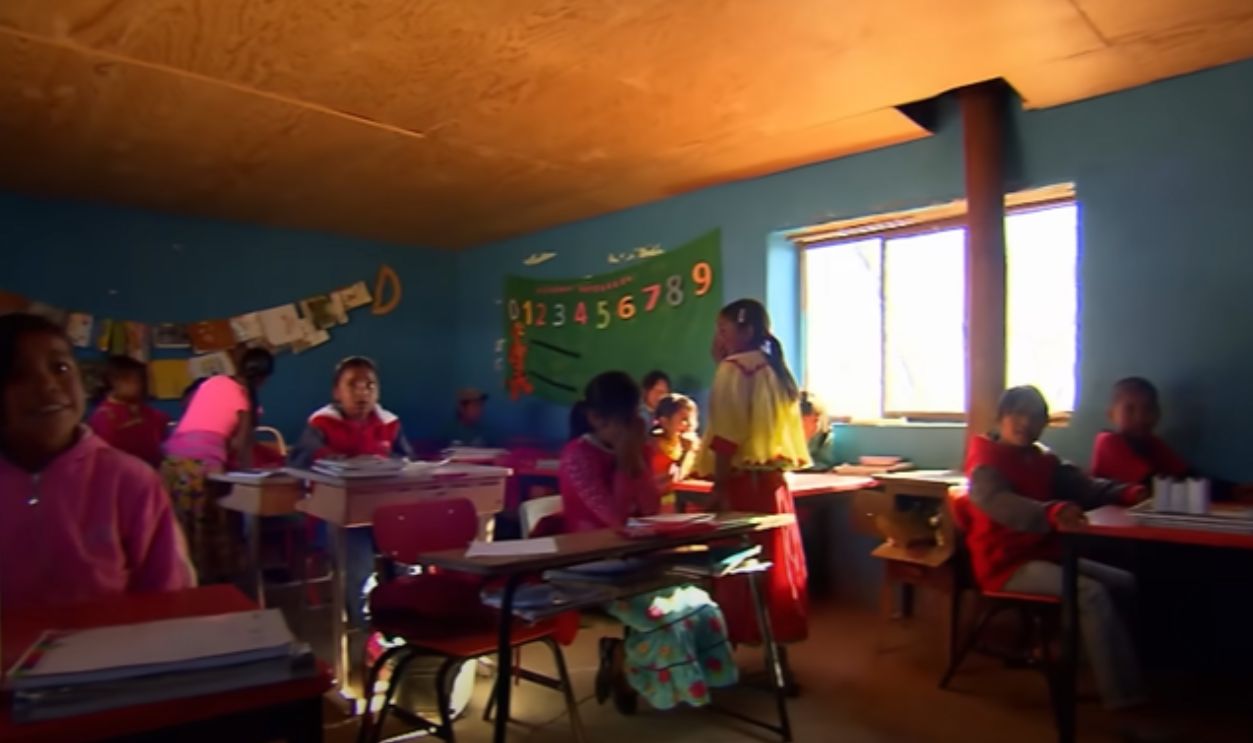 Most Dangerous Ways To School | MEXICO | Free Documentary, Free Documentary
Most Dangerous Ways To School | MEXICO | Free Documentary, Free Documentary
Health And Medicine
Modern medicine remains rare in rural towns, and therefore, traditional medicine continues to hold sway. Herbal remedies and spiritual healing ceremonies are common, which tend to be passed from generation to generation. Rue, basil, and copal resin are employed in body and spiritual therapies. Elsewhere, traveling doctors now supplement these with vaccines and more scientific diagnostics.
 I NEEDED THAT! 🌙 INDIGENOUS SPIRITUAL CLEANSING LIMPIA by
I NEEDED THAT! 🌙 INDIGENOUS SPIRITUAL CLEANSING LIMPIA by
A Shifting Language Landscape
While the majority of Chinantec children are bilingual, Spanish-language dominance puts some of the dialects at risk of being lost. Migration, urbanization, and growth of digital media all play a role. A few groups have worked hard to preserve their languages, including creating written orthographies, recording oral histories, and developing Chinantec radio programming.
Protecting Whistled Speech
Whistled language is also at risk. Younger generations may not learn it unless it is deliberately taught. Researchers have collaborated with populations to record whistled speech and its grammar. Some small communities and schools will sometimes offer workshops where children can learn the tradition.
The Chinantec In The Modern World
Some Chinantec people have migrated to towns or the US to work but have strong ties with their homelands. Money sent by relatives helps finance education, home purchases, and festivities. Seasonal migration exists, and some of the urban Chinantec communities are unique cultural centers that maintain tradition despite being distant from the mountains.
 I Investigated the U.S-Mexico Border..., Tyler Oliveira
I Investigated the U.S-Mexico Border..., Tyler Oliveira
Their Cultural Resilience
Despite political and economic hardship, the Chinantec remain a vibrant people. Their traditions, including whistled language, are testaments to human creativity and adaptability. Their ability to integrate continuity and innovation is inspiring, be it through bilingual education, cultural tourism, or agriculture. The Chinantec are living proof that heritage can evolve without being lost.
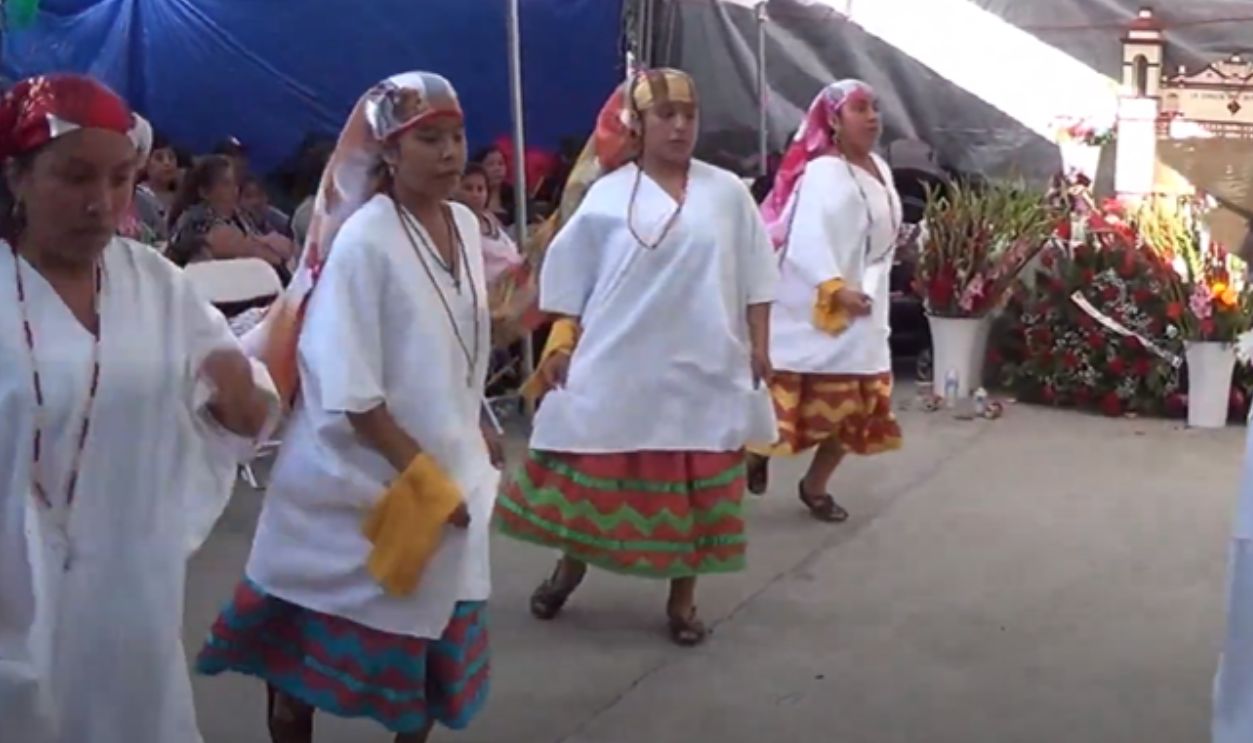 Danza de los Chinantecos de Yalalag en LA 2013, Moy A
Danza de los Chinantecos de Yalalag en LA 2013, Moy A
You May Also Like:
The Lacandon People: An Ancient Mayan Tribe In A Fight For Survival


